Formation of the Santa Cruz Mountains AVA
The first “real” AVA in the U.S. and the first mountain appellation.
In 1975, Jan Sherrill of Sherrill Cellars and Merry Edwards (then winemaker for Mount Eden Vineyards, and later Matanzas Creek and her own brand) initiated a series of informal pot-luck dinners at which the Santa Cruz Mountain winemakers could exchange ideas and information. The original idea was to form a collective for ordering wine-making supplies in bulk so that these very small wineries could all save some money together.
Member roster of the Santa Cruz Mountain Vintners, 1979
These informal meetings found a much greater purpose in 1976 when the Bureau of Alcohol, Tobacco and Firearms (BATF) began distributing information concerning the formal designation of American Viticultural Areas (AVAs) in the United States. This would follow the time-honored method of regional classification (“appellation contrôlée”) used in France since 1855. In light of this, a special meeting of the newly anointed Santa Cruz Mountain Vintners Association was called to outline a plan of action. The vintners started to rally around the idea of proposing an AVA designation for the Santa Cruz Mountains region.
David Bennion (Ridge Vineyards), Dan Gehrs (Congress Springs Vineyards (the location is now Savannah-Chanelle)), Nat and Jan Sherrill (Sherrill Cellars), and Ken Burnap (Santa Cruz Mountain Vineyard) began surveying the Santa Cruz Mountains region and formulating the boundaries for the proposed viticultural area. Late in 1980, after many potluck meetings over many a fine bottle of wine, the criteria for the boundaries were decided on.
Meeting notice of the Santa Cruz Mountain Vintners
Other important players in the formation of the appellation/participants in the vintners’ meetings include; Dexter and Valerie Ahlgren (Ahlgren Vineyard), David Bruce (David Bruce Winery), Bob Roudon and Jim Smith (Roudon-Smith Winery), Paul and Marjorie Staiger (P & M Staiger) and Bob and Polly Mullen (Woodside Vineyards).
Being fully aware that any boundary of this type tends to come down to some arbitrary decisions, the members of the Santa Cruz Mountain Vintners Association worked hard to make their new AVA’s boundaries be meaningful in a geographical and climatic sense. The northern boundary was established as Highway 92 and the southern boundary as Highway 152. The boundary on the Pacific Ocean side of the mountain range was established as the 400-foot elevation line; and the inland side boundary was established as the 800-foot elevation line. The logic for the Pacific Ocean side boundary was that grapes grown below the 400-foot elevation line might not be of quality due to a decrease in temperature next to the ocean. For the inland side, it was that grapes grown below the 800-foot elevation line would be in conditions that are too hot for the best quality. So the boundaries of the AVA are very wiggly lines that follow the 400 and 800 foot contours of the mountains.
Ken Burnap and David Bennion marked up all of the topographic maps of the area and then proceeded to survey the entire region over a long period of time. David always had an old leather satchel that contained at least two bottles of wine, some cheese, and a salami to keep them fortified on their treks.
Burnap wrote and presented testimony to the BATF in a hearing in Santa Clara on January 19, 1981. Winemakers, local historians, geologists, and wine writers were present to offer testimony in support of the proposal, and the federal government approved the application in November of 1981. This was a very significant point in the history of American Viticultural Areas. Every AVA after this hearing had to meet distinct geographic and climatic criteria for why it should be designated. Some of the earlier and more famous appellations do not follow these rules. The greatest example of this is Napa Valley. To be able to legally put the term “Napa Valley” on a label, the vineyard only needs to be located in Napa County – a political boundary, which has no bearing on which areas might be better or worse for growing grapes. Thanks to the work of Ken Burnap, David Bennion, and the other members of the Santa Cruz Mountain Vintners association, AVA designations in California are now meaningful indicators of style and quality of a wine.
Signers of the BATF petition to establish the Santa Cruz Mountains AVA, January 19, 1981

The great majority of the content above was sourced from Late Harvest – by Michael H. Holland, published in 1983. (The book is out of print, but shows up on-line from time to time)





